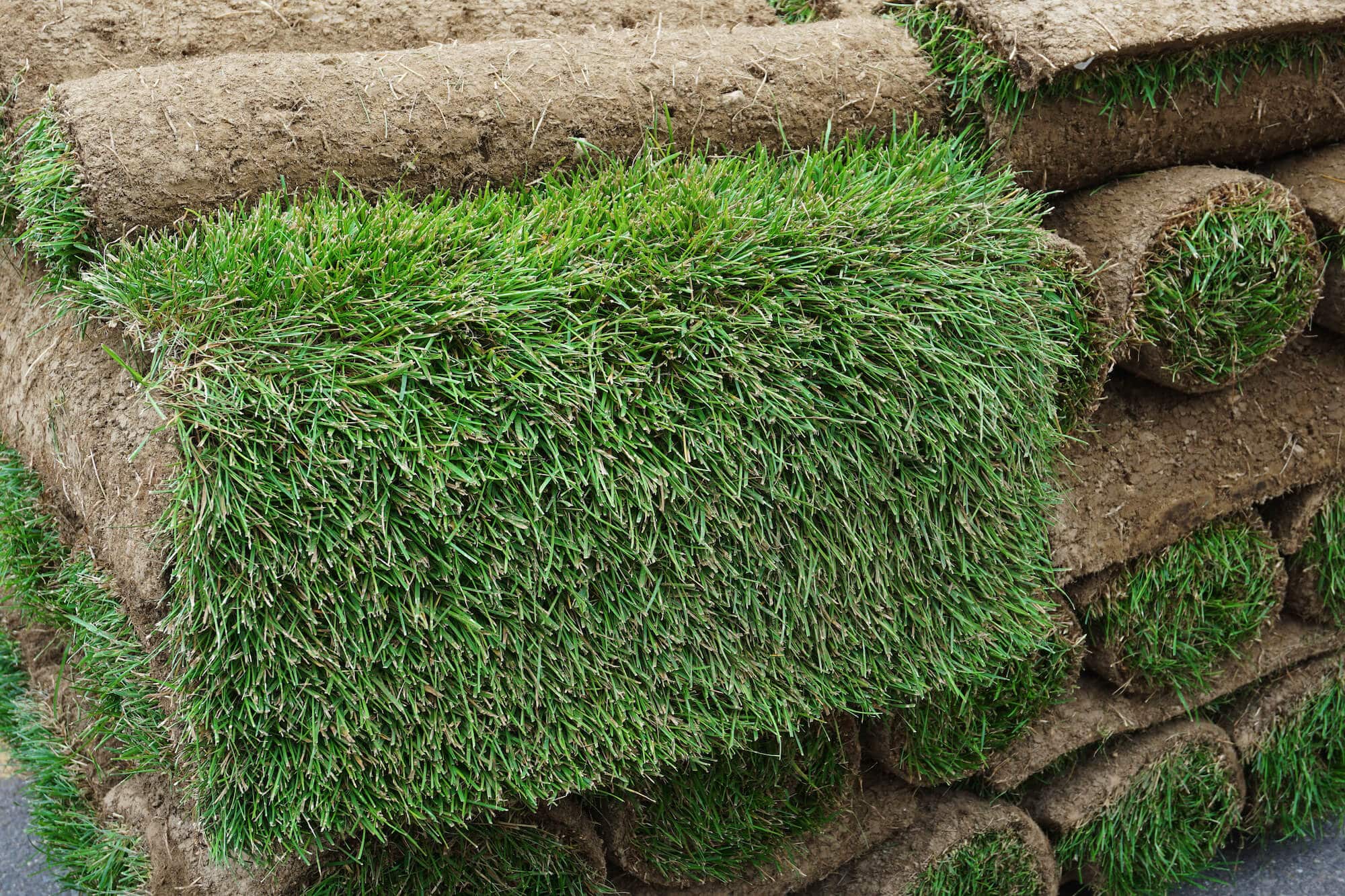When is the Best Time to Lay Sod?
When you’re laying sod, timing is everything. You don’t want to lay it too soon or too late, or else you run the risk of having your project fail. The best time to lay sod depends on various factors. In this guide, we’ll let you know how to choose the best time to lay sod in your yard, so you can get the most beautiful lawn possible.

Factors to consider when choosing the best time to lay sod
Weather
The first factor to consider is the weather. You don’t want to lay sod in the middle of a heatwave or a cold snap. The ideal temperature for laying sod is between 60 and 80 degrees Fahrenheit. If it’s too hot, the sod will dry out and die. If it’s too cold, the sod won’t take root and will eventually die as well.
Rainfall
Another factor to consider is the amount of rainfall in your area. You don’t want to lay sod in an area that’s been experiencing a lot of rain, as this can cause the sod to rot. It’s best to wait until things have dried out a bit before you lay your sod.
Type of grass
The type of grass you’re using will also play a role in when you should lay sod. If you’re using a warm-season grass, like Bermuda or St. Augustine, it’s best to lay sod in the spring or summer. If you’re using a cool-season grass, like fescue or rye, it’s best to lay sod in the fall or winter.
Location
The location of your sod will also affect when you should lay it. If you’re laying sod in a shady area, it’s best to do so in the spring or fall. This is because cool-season grasses do better in shady areas, and they have a tendency to go dormant in the summer heat. If you’re laying sod in a sunny area, you can do so year-round, as long as the temperature is right.
Best time to lay sod
In general, spring and fall are ideal times for laying down sod. If you live in a climate with mild winters, fall is usually the best time to lay sod because your grass will have time to establish strong roots before going dormant for winter and before summer heat sets in.
If you live in an area with harsh winters, wait until spring when temperatures have warmed up enough to support new grass growth. In either season, avoid laying sod during hot, dry weather because it won’t be able to take root properly in parched soil and will die off quickly..
The best time of day to lay sod is in the morning or evening when temperatures are cooler. This will help reduce stress on the grass as it adapts to its new environment. Here are some other tips for laying sod.
Professional tips you should consider
- You should never lay sod on frozen ground: The roots need room to grow, and if the soil is frozen, they can’t get established. Also, since sod is heavy, it’s hard to maneuver over frozen ground so you won’t be able to position it properly. Even if the grass is green and growing, if the ground is still frozen underneath, you will have trouble with the sod not sticking and getting established.
- If you’re waiting for spring weather, it’s important not to wait too long. Once spring hits and the temperature starts rising into the 60s (Fahrenheit), that’s the time to start thinking about laying your turf grass. Any later than that and you run the risk of warmer weather causing stress on your new grass that can lead to disease problems or browning from heat stress. You also run the risk of having weeds invade before your grass has had a chance to grow on its own. This makes it harder for your sod to take root.
- It’s important to work with a professional turfgrass installer who can help you choose the best time to lay your sod based on the weather in your area. They will also be able to give you tips on how to properly care for your new grass so it can thrive.
Conclusion
Laying sod is a big job, but it’s worth it when you have a beautiful, green lawn. When you’re ready to tackle this project, make sure you do your research and find the best time to lay sod in your area. With a little planning and some help from a professional, you’ll be enjoying your new lawn in no time.







